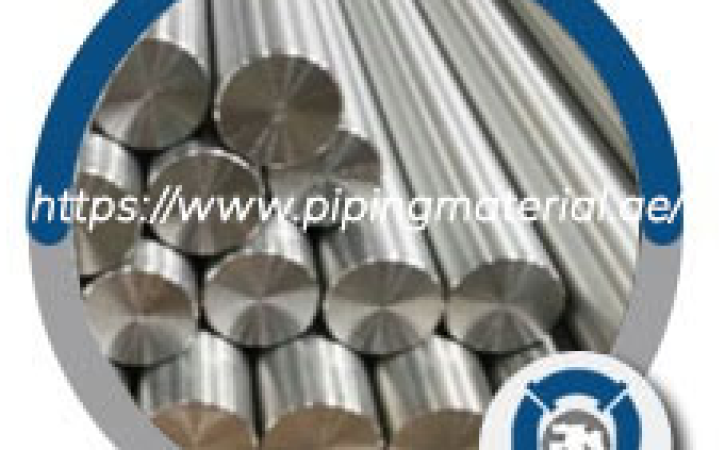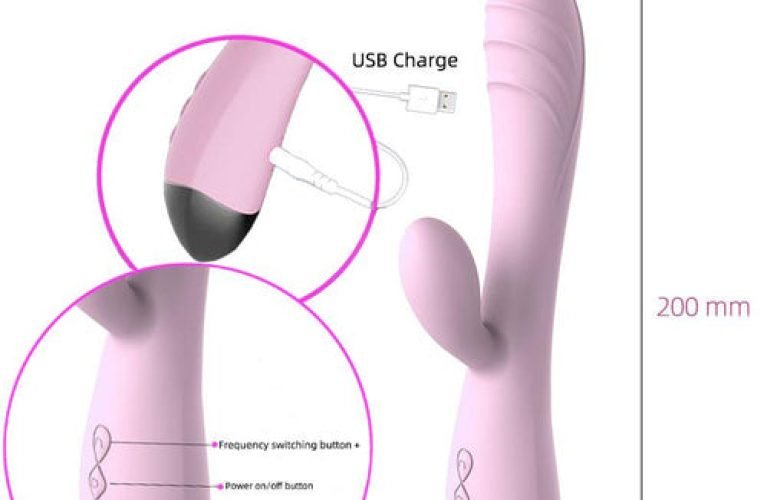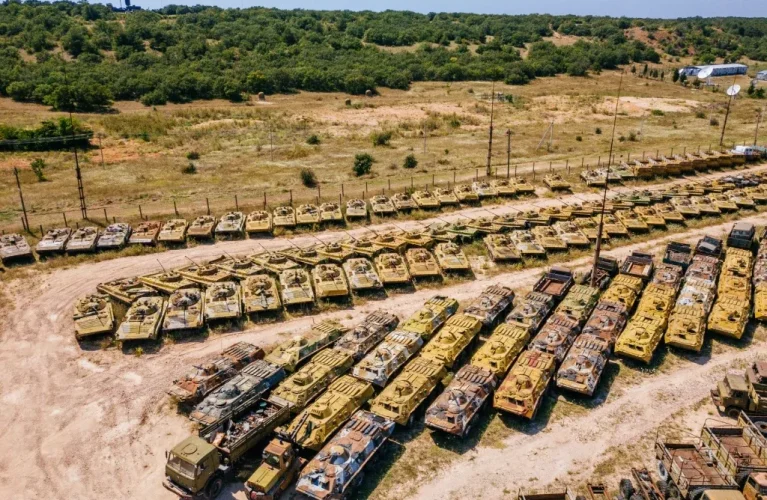
Is a 904L stainless steel round bar magnetic?
Stainless Steel Grade 904L comes under non-stabilized austenitic stainless steel. It contains low carbon content which makes it weldable. It has a specific composition that determines the properties of the steel grade. It contains up to 28% of Nickel, 23% of Chromium, 0.02% of carbon, 2% of Manganese, 1% of Silicon, and 5% of molybdenum along with Sulfur, Phosphorus, and Copper in smaller amounts.
904L Stainless Steel Round Bar is one of the products of the same Steel Grade. This steel grade is known for being non-magnetic and offers excellent formability, toughness, and weldability. The presence of copper in the steel improves its oxidation resistance from acids. The steel is also resistant to stress corrosion cracking and crevice corrosion due to the presence of good amounts of Nickel in its composition. The corrosion can be increased by treating it with a solution following the process of cold working.
What is so special about a 904L stainless steel bar?
As mentioned above, 904L stainless steel is known for its nonmagnetic properties and excellent resistance. Having a UNS number of UNS N08904, it is super austenitic stainless steel. These properties make the steel grade pretty special. The resistance towards warm seawater and chloride attack. They offer good oxidation resistance but their structural stability collapses at high temperatures. The tensile strength of such steel is 490 MPa and has 220 MPa of yield strength. It is preferred in chemical industries as well as for the production of phosphate-based fertilizers.
This steel grade allows welding using all conventional methods and it also does not require preheat and post-weld heat treatments. They are used in major applications of grade 904L stainless steels which include the manufacture of pieces of equipment used in the wiring of electrostatic precipitators, oil refinery components, seawater cooling devices, gas scrubbing plants, pulp, and paper processing industries, acetic, phosphoric and sulphuric acid processing plants and many more.
What is a 17-4 stainless steel round bar used for?
17-4 Stainless Steel has high ductility and is stronger than regular steel therefore, powerful equipment is used in the formation of these. The chemical composition of grade 17-4 stainless steel is a mixture of several elements in varying amounts. It includes 73% of Iron, 15-17.5% of Chromium, 3-5% of Nicke, and 3-5% of Copper along with Manganese, Silicon, Tantalum, Niobium, Carbon, Phosphorus, and Sulfur in smaller amounts.
17-4 pH Stainless Steel offers high tensile strength and has hardness and excellent corrosion resistance up to high temperatures. They can be machined in the annealed condition. The products of such steel, including the 17-4 PH Round Bar, are used variably in different industries and factories. They are used in gate valves, chemical processing equipment, pump shafts, gears, nuclear reactors, aircraft and gas turbines, oil fields, chemical process components, paper mill ball bearings, bushings, and fasteners as such.
Does 17-4 pH round bar rust?
17-4 is a type of Stainless steel that is the most common grade of martensitic precipitation hardenable (PH) alloys. As discussed above, this grade of steel provides a worthy combination of high strength, good mechanical properties, and corrosion resistance. The mechanicality is especially better at temperatures up to 600°F (316°C). They are perfect for short-duration, low-temperature heat treatments which also minimize warpage and scaling.
The presence of nickel and chromium allows 17-4 to have good corrosion resistance, formability, and weldability. Its property of being good at corrosion resistance makes it ideal for a variety of applications in aerospace, petrochemical, and applications where there is a high chance of corrosion. It is said to withstand corrosive attack better than any of the standard hardenable (martensitic) stainless steels. However, gradually the alloy develops a light coating of rust in all heat-treated conditions.
Can I import 17-4 ph stainless steel round rods
without a broker in Oman?
India has been one of the largest exporters of raw materials all around the world. India is also known for exporting steel and iron products. Oman is one of the countries to import from India. According to the United Nations COMTRADE database on international trade, Oman’s Imports from India of Iron and steel were US$140.67 Million in 2021.
The same process of exporting and importing is followed all around the world except the technical aspects differ from country to country. However, a one-time licensing procedure to act as an Exporter/Importer remains a must-have for doing the process. Other than iron and steel products, many other items are exported to Oman from India which include mineral fuels, chemicals, tea, coffee, spices, cereals, meat products, seafood, mineral oils, and products of their distillation, boilers, textiles and garments and many more as such.
What do you think are the limitations of Indian
manufacturers in comparison with China for 17- 4 pH round bars?
China is one of the most developed countries in the world and has been for a while. It forms one of the biggest producers of the world’s steel and has installed a steel capacity of up to 1.2 billion tonnes which is more than 50% of the world’s overall capacity. The manufacturers get incentives and are pressured by their governments to keep the industry running. They also have far more advanced technologies to work with that produce products in abundance so much so that China has started dumping steel in the international markets extravagantly.
For Indian manufacturers, no such incentives are provided by the Indian government nor any pressure on the factories. The technology in India is not as advanced as that of the Chinese but India too is giving competition with China still. India, on the contrary, manufactures products at an expense higher than that of the Chinese but gives out products of quality. India also exports steel products overseas and comes under one of the biggest exporters of steel.









